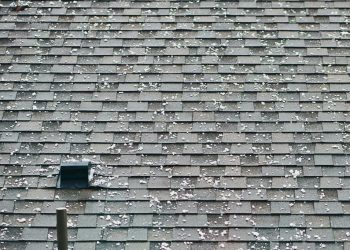Wood flooring can be a beautiful addition to a family room, bedroom, or other living space. Hardwood flooring is generally not a good choice for a basement because of the potential for moisture damage, but there are other ways to get the look of wood flooring and avoid a problem.
Why You Shouldn’t Install Hardwood Flooring in Your Basement
Since your basement is located below ground level, you need to be concerned about moisture. Water can seep in through cracks in the foundation. If hardwood flooring is installed on top of concrete, moisture in the concrete can damage the wood.
If your washing machine or water heater leaks, whether it’s in the basement or upstairs, water can cause hardwood flooring in the basement to warp and buckle. The damage might be impossible to repair, and you might have to tear out your costly wood flooring and replace it.
Even if you’re not concerned about moisture, it’s challenging to install real hardwood flooring in a basement. You won’t be able to nail wood planks into concrete.
Installing a plywood subfloor is a possible solution, but it can be expensive. It will also raise the height of the floor and give the room less vertical space. Depending on the height of the ceiling, that might or might not be a problem.
Flooring Options That Work Better in a Basement
Engineered wood flooring can give your finished basement the look you want and help you avoid moisture damage. Layers of plywood provide structural integrity. They’re topped with a thin layer of real hardwood, and planks are coated with a moisture-resistant finish.
Engineered wood flooring is easier to install than real hardwood. Planks can be snapped together like puzzle pieces.
If engineered wood gets exposed to moisture, it won’t warp or buckle the way that real hardwood can. If moisture rises up from the concrete beneath the basement floor, the real hardwood on top is unlikely to get damaged.
Another benefit is that engineered wood flooring costs less than real hardwood. If you choose engineered wood flooring that’s thick enough, you’ll be able to refinish it multiple times if it gets damaged. Not having to replace the flooring can save you money in the long run.
Laminate flooring is another option worth considering. It consists of a sublayer, a fiberboard core and a decorative top sheet that looks like wood, but isn’t. A wear or overlay layer on top protects the floor from damage.
Choose the Right Flooring for Your Basement
The timeless appearance of wood flooring can make your basement a place where family and friends enjoy gathering, but you need to consider the risk of moisture damage. Engineered wood or laminate flooring can give you the aesthetic you want, plus peace of mind.











